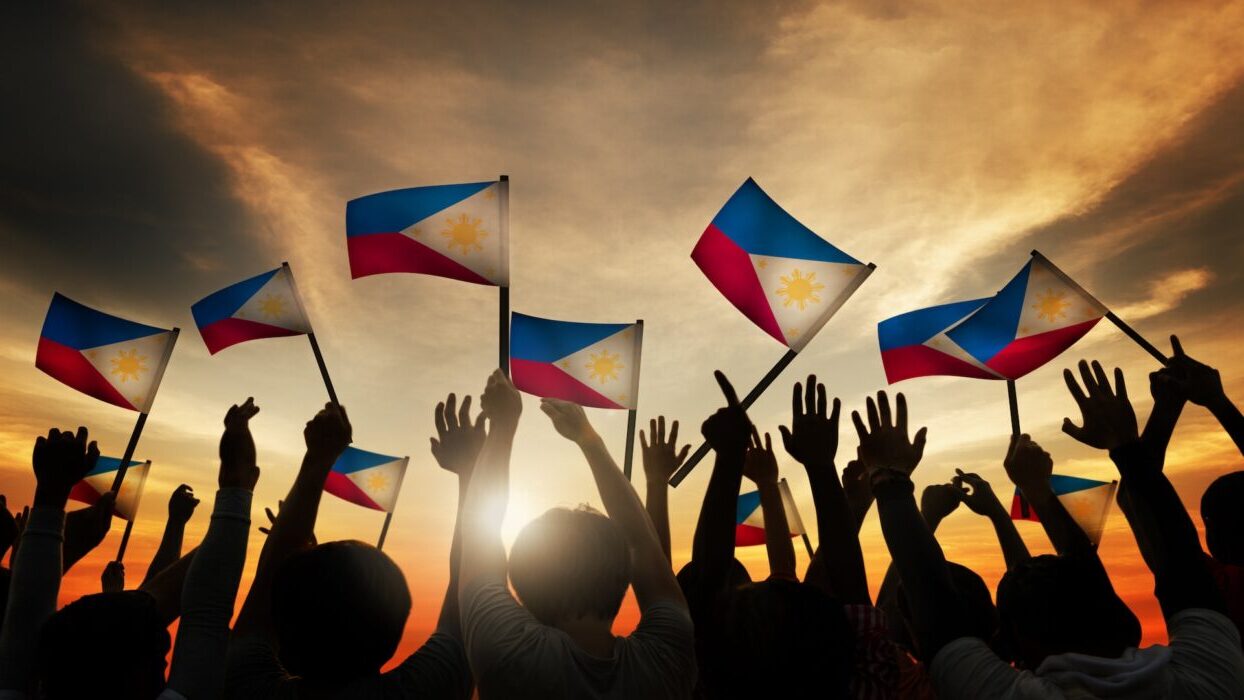
Independence Day isn't just about fireworks and barbecues. It's a celebration of freedom, history, and the birth of a nation. Did you know that the Declaration of Independence wasn't actually signed on July 4th? Most delegates signed it on August 2nd, 1776. The holiday has evolved over the years, from early celebrations with public readings and parades to today's grand displays of patriotism. Ever wondered why John Adams thought July 2nd would be the big day? Or how many hot dogs Americans consume on this holiday? Get ready to dive into 26 intriguing facts that will make your next Independence Day gathering even more interesting.
The Origins of Independence Day
Independence Day, celebrated on July 4th, marks a pivotal moment in American history. Let's dive into some fascinating facts about this national holiday.
-
The Declaration of Independence was adopted on July 4, 1776, but it wasn't signed by all members of the Continental Congress until August 2, 1776.
-
John Adams and Thomas Jefferson, both signers of the Declaration, died on July 4, 1826, exactly 50 years after the adoption of the Declaration.
-
The first Independence Day celebration took place on July 8, 1776, in Philadelphia, where the Declaration was read aloud.
-
The Liberty Bell in Philadelphia was rung on July 8, 1776, to mark the first public reading of the Declaration.
Celebrations and Traditions
Independence Day is synonymous with fireworks, parades, and barbecues. Here are some interesting tidbits about how Americans celebrate.
-
Fireworks have been a part of Independence Day celebrations since 1777, just one year after the Declaration was signed.
-
The largest fireworks display in the United States takes place in New York City, with over 75,000 shells launched.
-
Approximately 150 million hot dogs are consumed on July 4th each year in the United States.
-
The Nathan's Hot Dog Eating Contest, held annually on July 4th, has been a tradition since 1916.
Symbols of Independence
Various symbols represent the spirit of Independence Day. Let's explore some of these iconic emblems.
-
The American flag, also known as the Stars and Stripes, was adopted on June 14, 1777, and features 13 stripes and 50 stars.
-
The Bald Eagle, chosen as the national bird in 1782, symbolizes freedom and strength.
-
The Statue of Liberty, a gift from France in 1886, stands as a symbol of freedom and democracy.
-
Uncle Sam, a personification of the U.S. government, became popular during the War of 1812 and is often associated with patriotism.
Historical Milestones
Independence Day has seen many significant events throughout American history. Here are a few notable milestones.
-
In 1870, Congress made Independence Day an unpaid holiday for federal employees.
-
It wasn't until 1938 that Congress declared July 4th a paid federal holiday.
-
The Philippines gained independence from the United States on July 4, 1946, and celebrated the day as Independence Day until 1962.
-
The first televised Independence Day celebration occurred in 1947, broadcast from the National Mall in Washington, D.C.
Fun and Quirky Facts
Independence Day has its share of fun and quirky facts that add a unique flavor to the holiday.
-
The tune of the national anthem, "The Star-Spangled Banner," was originally a British drinking song.
-
Benjamin Franklin wanted the turkey to be the national bird instead of the Bald Eagle.
-
The oldest continuous Independence Day celebration in the U.S. is the Bristol Fourth of July Parade in Rhode Island, which began in 1785.
-
Calvin Coolidge, the 30th President of the United States, was born on July 4, 1872.
Modern-Day Celebrations
Today, Independence Day is celebrated with a mix of old and new traditions. Here are some modern-day facts.
-
The Macy's 4th of July Fireworks in New York City is the largest in the country, attracting millions of viewers.
-
Many cities across the U.S. hold parades, concerts, and festivals to celebrate the holiday.
-
The Boston Pops Fireworks Spectacular is one of the most famous Independence Day events, featuring a concert and fireworks display.
-
In recent years, drone light shows have become a popular alternative to traditional fireworks.
-
Social media platforms see a surge in patriotic posts and hashtags, with millions of Americans sharing their celebrations online.
-
Many Americans take advantage of the long weekend to travel, with popular destinations including national parks, beaches, and historical sites.
Independence Day's Lasting Impact
Independence Day isn't just a holiday; it's a celebration of freedom, history, and unity. From fireworks lighting up the sky to parades filling the streets, every tradition carries deep meaning. The Declaration of Independence, signed on July 4, 1776, marked the birth of a nation built on liberty and justice. Over the years, this day has become a symbol of American resilience and pride.
Remembering the sacrifices made by those who fought for independence helps us appreciate the freedoms enjoyed today. It's a time to reflect on the values that define the United States and to honor the diverse cultures that contribute to its rich tapestry. Whether you're enjoying a barbecue, watching a parade, or simply spending time with loved ones, Independence Day serves as a reminder of the enduring spirit of America. Celebrate with gratitude and pride!
Was this page helpful?
Our commitment to delivering trustworthy and engaging content is at the heart of what we do. Each fact on our site is contributed by real users like you, bringing a wealth of diverse insights and information. To ensure the highest standards of accuracy and reliability, our dedicated editors meticulously review each submission. This process guarantees that the facts we share are not only fascinating but also credible. Trust in our commitment to quality and authenticity as you explore and learn with us.


